From pv magazine 04/2020
There are two schools of thought, establishing themselves in the PV industry. Some years ago, module-level power electronics (MLPE) made an entry into the residential market. The junction box covers helped owners boost yield by mitigating mismatch phenomena. Additionally, the devices promise to enable better monitoring of the site. While in the past, MLPE was reserved for the residential market nowadays, it is the commercial and industrial sector that is most important for companies selling MLPE. And it is also an increasing number of ground-mount installations are betting on MLPE. Meanwhile, rival inverter suppliers moved the other way and bet on system simplicity and cost-efficiency.
Optimal complexity
Over the last few years, some suppliers of residential string inverters, such as Huawei and SMA, have been advertising that their products support the use of selective MLPE, meaning that only modules that are expected to experience some shading will be equipped with power optimizers. The approach was meant to capture the best of two worlds. If a chimney or a nearby tree cast shadow onto an array, the MLPE can help to keep the string voltage up and esnure that lost power is minimized. At the same time, the limited use of devices will keep system complexity and costs down to a minimum.
At the end of last year, SMA turned its back on MLPE completely, as Hannes Knopf, a senior expert business and portfolio strategy, says. Instead, the company says a string inverter can reasonably detect mismatch issues and other faults with a reasonable number of MPP trackers. This trade-off between optimization and monitoring against a backdrop of system complexity and cost is the little sweet spot that all players in the market want to hit.
Meanwhile, there is another faction of inverter manufacturers that champion the use of MLPE on all modules, even in large C&I or ground-mount systems. SolarEdge (see pp. 52-54) has found its place in the market as its products and systems are tailored for use with high granularity monitoring and optimization. SolarEdge claims that the potential for higher yield, lower O&M costs, and lower BoS costs is greater than the higher capital investment that is associated with fitting MLPE onto each module.
“I doubt that it was ever a successful approach,” says Knopf when asked about a potential trend away from using MLPE in larger assets. “Our analyses show very clearly that using MLPE increases the system complexity, the effort in installation and servicing effort, immensely. You have more small electronic parts in the field which have a higher probability of failure.”
In terms of increasing yield, Knopf argues that deploying MLPE at scale in ground-mount systems will even lower overall power output. He says the reason is that MLPE only provides extra yield if there is shading, which will seldomly occur in ground-mount installations. Like any power electronics, MLPE don’t operate at 100% efficiency, something between 98 and 99% is more likely. Hence, if the added yield from using the device is less than 1%, the MLPE has consumed more power than it adds.
“We don’t say that our power optimizers add energy when there is shade,” explains Lior Handelsman, founder and VP marketing and product strategy of SolarEdge. “Power optimizers add energy, period.” He gives some examples of mismatch caused by factors other than shade. Reportedly, modules come with a production tolerance of up to 3%. So the modules come mismatched from the factory. He adds that there are around seven modes of mismatching modules in a string, with shading being only one of them.
According to Handelsman, soiling and thermal mismatch play a role as well, and they are unevenly distributed across the array. “If you have a big array and the wind is blowing from the east to the west, then the eastern modules will be cooler than the western modules,” he explains.
Additionally, Handelsman reports of another issue that is easily overlooked. If one module in a string is partially shaded and hence bypassed out, the string has been effectively shortened. If the inverter does not support different string lengths, it will push current from the longer string into the shorter one, which causes power loss beyond that of the bypassed module.The bigger the array gets, however, the smaller the added yield. That is mostly due to more uniform irradiation conditions that are achieved in larger installations. For larger ground-mount systems, SolarEdge says it can add 2-5% more energy by using its MLPE. That figure ramps up to 2-10% for commercial rooftop applications and reaches up to 25% for residential installations.
SMA’s Knopf, meanwhile, suggests that because shading is still the most significant factor that would justify the use of MLPE, it is not the size of the array that necessarily determines when MLPE should be used, but its location. Suboptimal locations with much uneven shading are suitable for the use of MLPE, he says. “Only if an array is shaded very heavily, to the point of where one has to question the reason behind installing the array, the use of a power optimizer could make sense.”
Tiffany Douglass, director of marketing at Tigo, warns that throughout the typical 25-year service life of a system, there are quite a lot of factors that can change. Shade conditions can change as nearby trees grow and new buildings are erected. But even if that isn’t the case, modules can degrade at different speeds, causing further mismatch because of that.
“Tigo is unique in that the optimization feature of the TS4 Platform uses patented Impedance Matching technology that creates a parallel path for the current to flow around weak modules, enabling an optimal flow of energy,” Douglass argues when asked about the devices assumed inefficiency.
Watching closely
It is not just yield where the opinions diverge. Also, in terms of monitoring, SMA says that the value proposition made by suppliers of MLPE does not match with their experience. “Over the last decade, the demand at SMA for string level monitoring in large PV installations has decreased by 90%,” Knopf says. Rather than observing a trend toward higher-granularity monitoring, at least some industry players are moving in the opposite direction.
SMA’s Knopf cites two EPC companies which have been quizzed by SMA about their refusal to install string-level monitoring. Knopf says that this is a bit dependent on the market, but in the United States, for example, he has observed that many asset owners deem biannual drone flights sufficient. Also, the inverters can compare yield with a reference value that should have been achieved, or they can compare each other. Doing so allows one to see if the yield is lower in a specific part of a plant. Tracing the fault in the plant from there is cheaper than installing hundreds of thousands of power electronic devices to the back of modules.
A team of researchers from the U.S. National Renewable Energy Laboratory obtained the performance data of 100,000 PV systems with a cumulative capacity of 7 GW. The results have been published in the paper “PV field reliability status – Analysis of 100.000 solar systems and shed some light on the most common performance issues in PV arrays”. For the data set that was examined by NREL, the inverter was identified as the most common point of failure, accounting for 4-6% of the failure comments that the researchers analyzed. Module-related issues, meanwhile, were blamed for just 0.2-0.02% of the analyzed failure comments. If modules aren’t usually the point of failure, there is a legitimate question regarding the necessity of module-level monitoring.
Handelsman has a different take on the issue. He says that by deploying MLPE, it is much easier to prepare for a maintenance event because it is known which modules underperform. According to one SolarEdge survey, some 0.6% of modules are delivered from the factory with faulty bypass diodes. Additionally, there can be micro-cracks or PID developing over time. “If you have PID developing, you want to find out well before you see it in the performance of the plant,” Handelsman says. If MLPE is not deployed, technicians will need to test each module individually to identify PID. Both Handelsman and Knopf assert that using their respective approach will help bring down O&M-related costs. “We can easily say to our customers that when they work with our system, the reduction of O&M costs over the lifetime is anything between 30-50%,” the SolarEdge founder claims.
No home run
There is another cost-saving possibility associated with some MLPE. The balance of system costs can be reduced as well. SolarEdge claims that it has been able to verify a BoS cost reduction of 40-70%. The reason for that is that MLPE allows increased string length. Longer strings mean that often it is possible to omit the use of DC combiner boxes. “With our MLPE, you can connect 2.2 to 2.5 as many modules to each string without going over the voltage limit,” claims Handelsman. The industry went from 800 V systems to 1,500 V systems just about two years ago for that exact reason. Longer strings mean that it is possible to save on connectors, fuses, combiner boxes, and DC home run cables. All of these are a potential point of failure, and home runs and combiner boxes are reasonably expensive. The home runs need to be placed in conduits or metal ducts, adding high installation costs.
Both SolarEdge and Tigo have reported that they are experiencing significant sales volume increases in the C&I market. Handelsman reports that SolarEdge is currently installing one ground-mount installation with MLPE per week.
Douglass said that a few years ago, the company’s primary sector had been the residential market. But today, Tigo ships more MLPEs to the commercial and industrial solar sector. The reason for this development partly lies in fire safety. In some markets such as the United States, all rooftop PV installations are required to have module-level shutdown. Thus every module must feature a rapid shutdown device. While it is possible to buy the shutdown box as a standalone device, Tigo and other manufacturers offer a combination of fire safety, monitoring, and optimization in a single junction box cover.
“When rapid shutdown is required, most C&I PV asset owners also see the benefit of opting for Tigo’s optimization,” explained Douglass. Such adds that it is also an industry intuitive decision to go for optimizations.
This content is protected by copyright and may not be reused. If you want to cooperate with us and would like to reuse some of our content, please contact: editors@pv-magazine.com.
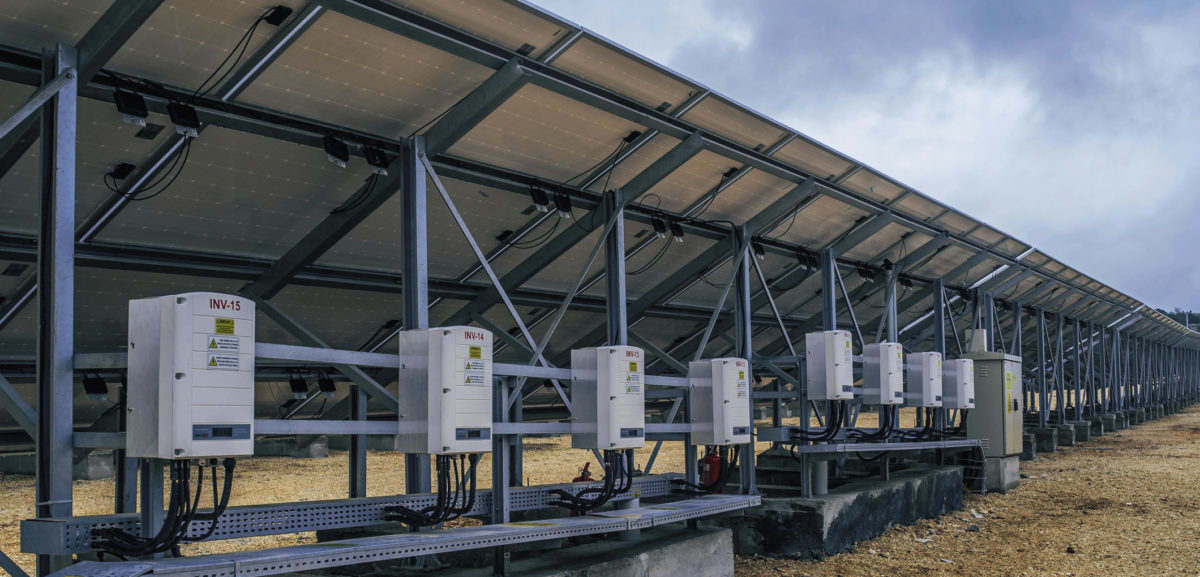
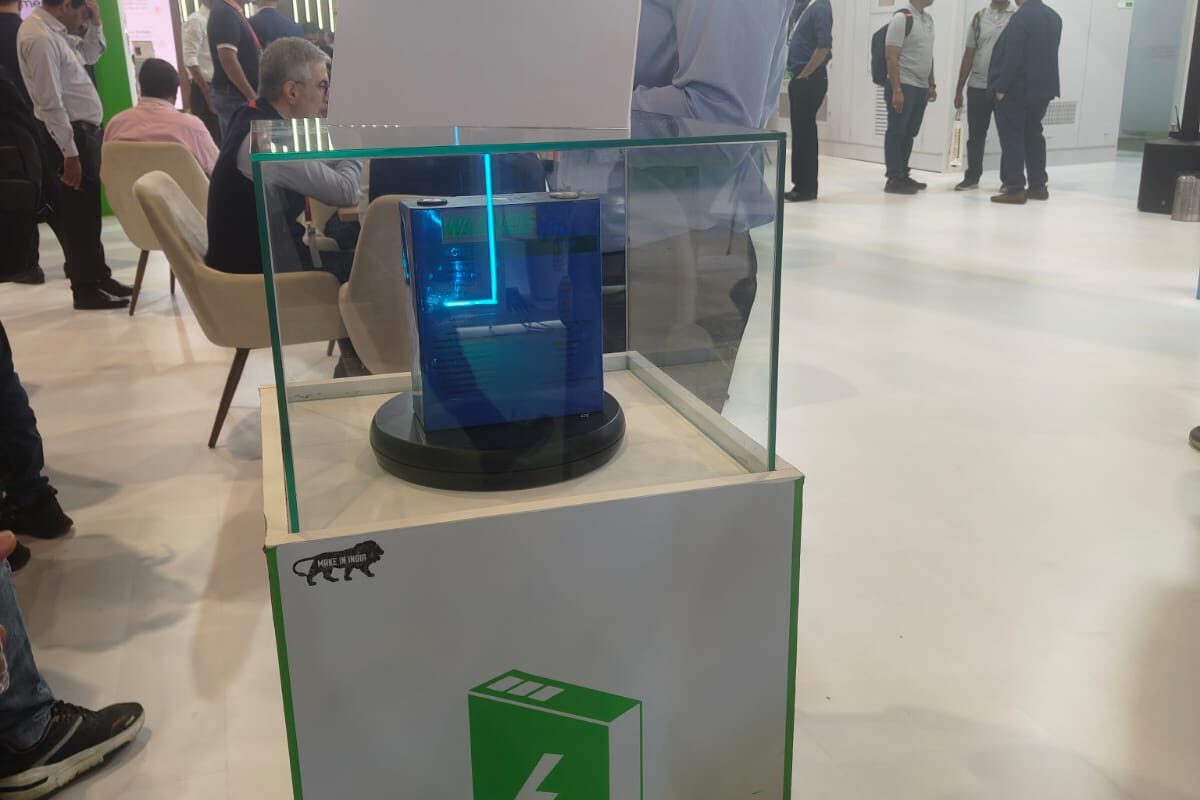


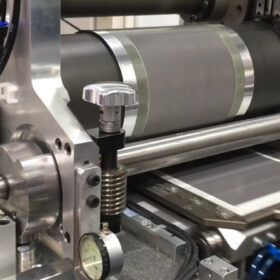
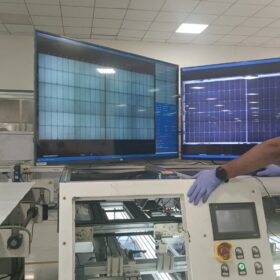
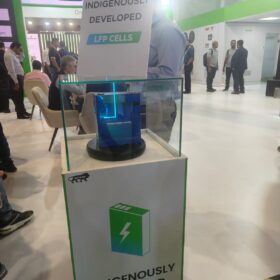
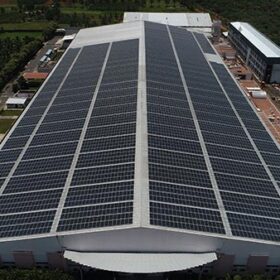
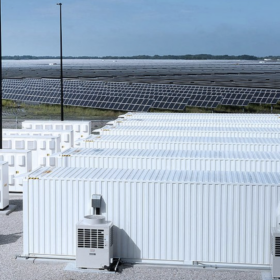
What I see missing in all these PV Panel/System Monitoring is the use of AI (Artifocal Intelligence). This “Beast/Technology” thrives on Interlinking and Integrating of different kinds and types of Data.
All these hundreds and thousands of PV Panels in a Multi-MW PV Facility can generate a huge amount of data available to train “custom” AI Networks on… and the use it to assess Performance, Problems, Degradation, etc… to support Proactive Actions to Optimize Performance and even “Predict” Oncoming Failure(s)…. BEFORE THEY OCCUR. Let me explain…
About 30 years back… I was involved in a Gas Turbine Installation with 4X100MWe Gas Turbines. These four Units were IDENTICAL (actually they had Sequential Serial Nos too as they were manufactured… one after another/together).
The four, individual DCS (Digital Control System) generated huge amount of “real-time data” that was recorded… and sent to be “filed away”…. for future (unknown) use by the Owners.
I proposed to the Owners to use a very small part of that Data and with appropriate support from a University Professor and his staff (basically Advanced Degree Students)… develop AI Networks to assess this Technology… quite new at that time.
The Data… covering different Operating Regions (Power, Temp/Humidity… etc..) was used in Training four seperate AI Networks created for this purpose, using Machine Specific Data.
We were quite impressed that once Training was over (using data from thst particular machine)…. it was “frozen” and able to predict results of Turbine Performance with errors less than 1-2% when fed with the “unused data”.
Next ….. data from one machine was input into another unit AI Network… and voila…. the Output Errors would jump ~5-10% now.
The individual AI Networks had taken on…. THE SEPERATE PERSONALITY & CHARACTERISTICS OF THEIR “PARENT” MACHINE.
It maybe mentioned, Engineering Simulations using same Data on all Four Machines would generate the SAME OUTPUT… as the “Model would be the same as these were IDENTICAL Units). Here… they were producing different results on each machine…. which they had fully embraced and now simulating.
Unfortunately, the Owners Internal Political/Corporate Barriers stopped all Public Publication, Presentation etc… and further support for this….
A unique and potential breakthrough was “filed away” and lost in use of Predictive AI Networks in the REAL WORLD for Systems, Assemblies and Components that form Gas Turbines…. and other Machinery too
I am confident and hope the Progressive and “Future Looking” Solar Industry will Capitalize on AI Networks to Monitor and Predict Performance and identify Potential Panel/Equipment Degradation and/or Failures in the future.
All this ….. to take Performance of PV Systems and Installations to “Near Perfect” levels in ” Near Real-Time” too.